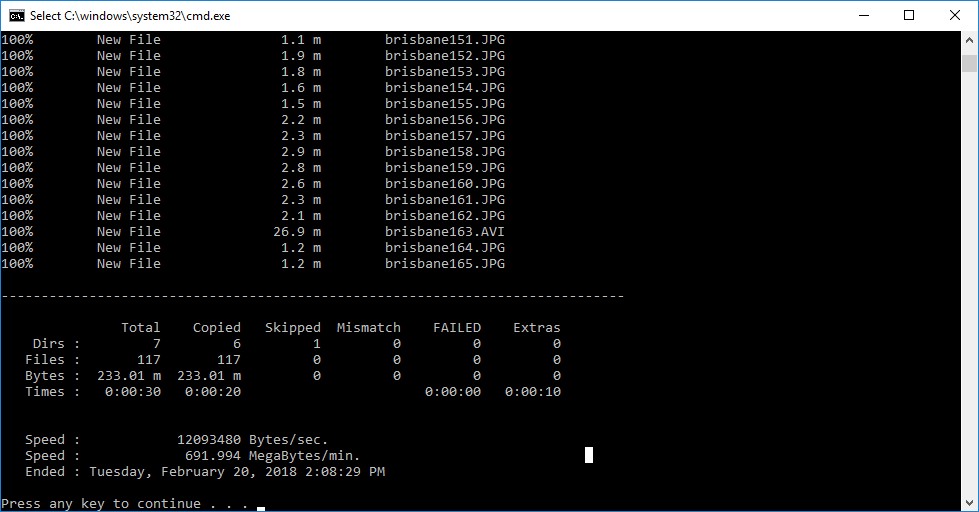This is the second post in our series on career advice for the aspiring archives professional. Each edition features information and career advice from a different member of the Archives team, regarding what they do, how they got here, and how you can too. Check out the first , and don’t be afraid to let us know who you might like to hear from next!
Many picture an archivist working in a place with lots of paper, folders, and boxes and sometimes a microfilm or microfiche machine in a dark facility, thanks to TV shows and films. While there are folders and boxes, there also are digital records in most archives today. This is where an electronic records archivist/digital archivist can be found. This person deals with materials in digital format (either born digital and/or digitized) the majority of the time.
The digital age means there are digital materials that need to be managed and preserved for the long term. Depending on the goals and mission of an organization, digital archives can include everything from websites to video to images to everyday word processing documents.
For those thinking of a career on the digital side of the house, here are a few recommendations:
- Enjoy history since you will be dealing with materials from the past, whether they are from last week or 30 years ago.
- Enjoy analog. Principles from the paper world apply to digital archives, including provenance, original order, arrangement, and description. Take advantage of opportunities to also work with “traditional” archives and collections that include paper records, images, maps, etc.
- Don’t be afraid of technology – both knowing about the old and keeping up with the new.
- Learn about hardware, software, and operating systems since you might have to deal with everything from 5.25” floppy disks to MacPaint. Don’t be shy about trying out software applications, but be sure you have thoroughly researched them since there can be risks such as viruses and other issues.

- Learn about the command line. Command line can be your friend when trying to troubleshoot, creating a backup, changing working location, or extracting metadata. Learning about formatting/coding/programming, (Python, JSON, etc) also can be helpful.
- Learn about digital forensics which originated with law enforcement, and has found another home within archival settings. Digital forensics can provide a deeper view into documents and systems. This can be helpful when a format is unknown, a file is corrupted, or there is hidden data.
- Be flexible. Not one size fits all. While there are best practices and the need for authenticity, integrity, and quality when it comes to digital records, there might be multiple ways to approach the work.
- Be patient. Digital mysteries/preservation can take time. New tools might not be around yet to access something old.
- Seek mentors both within archives, and outside the profession.
- Ask questions and be curious. Don’t be afraid to ask for help.
- Intern or volunteer somewhere to apply skills you have or want to improve. An organization you might have not thought of could have a digital records project.
- Attend professional conferences, workshops, and webinars.
- A master’s degree in library science, history, or other disciplines usually is required.
- Take care of your own personal archives in both paper and digital.
Related Resources
- “Some Archival Career Advice,” Bigger Picture
- “What Does an Electronic Records Archivist Do?,” Bigger Picture
- “What Does it Take to Be a Well-rounded Digital Archivist?,” The Signal
Produced by the Smithsonian Institution Archives. For copyright questions, please see the Terms of Use.

Leave a Comment